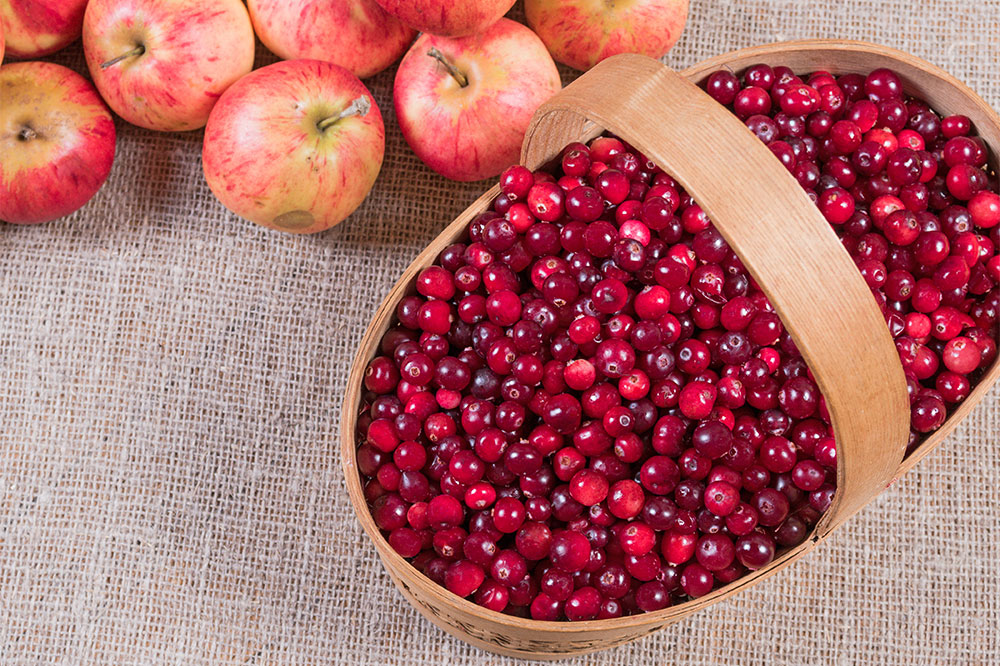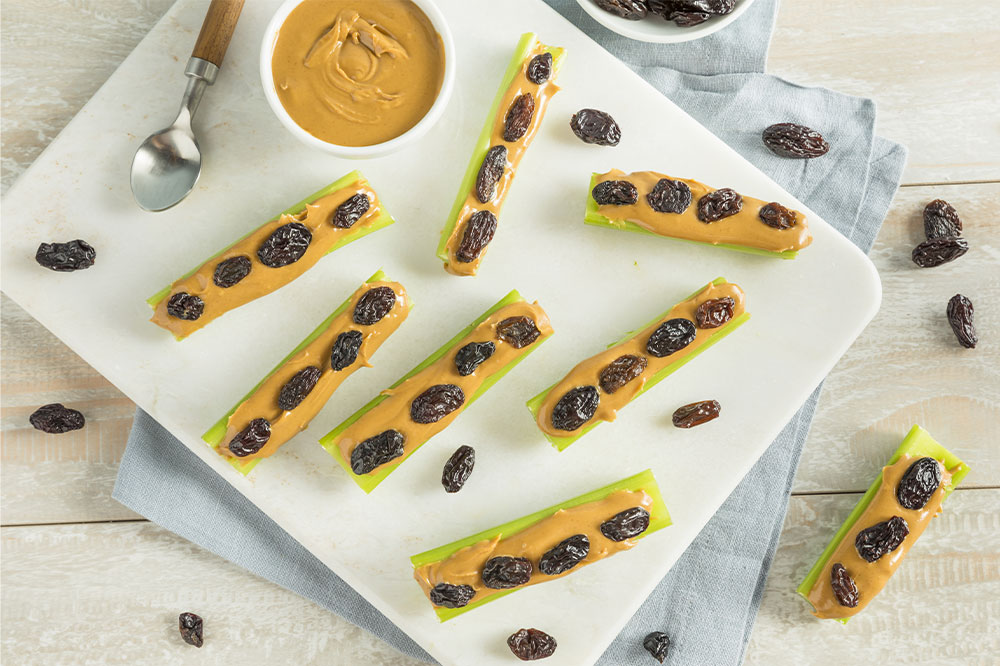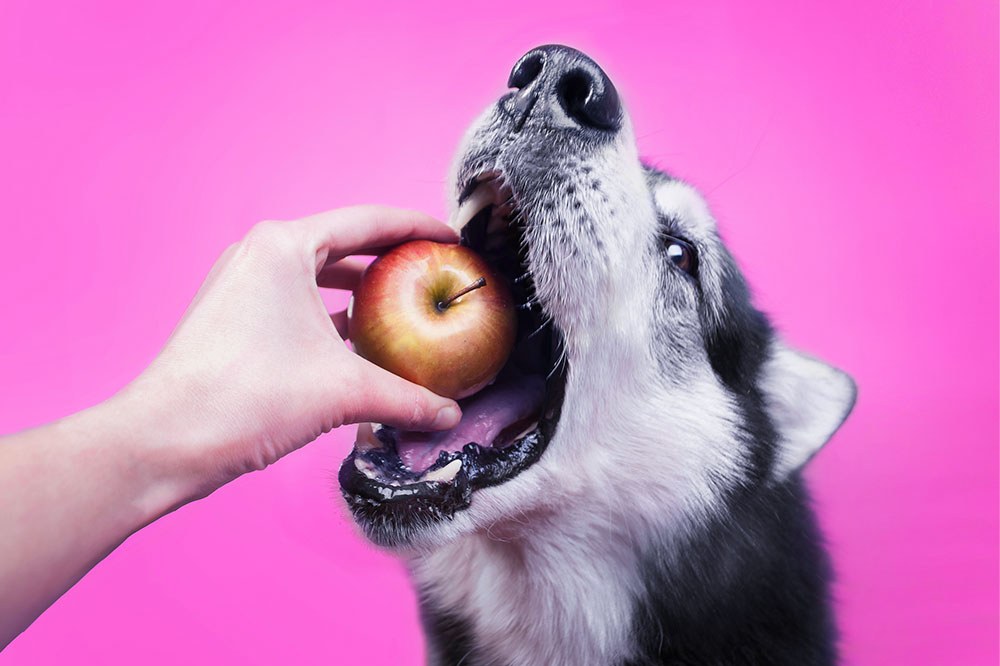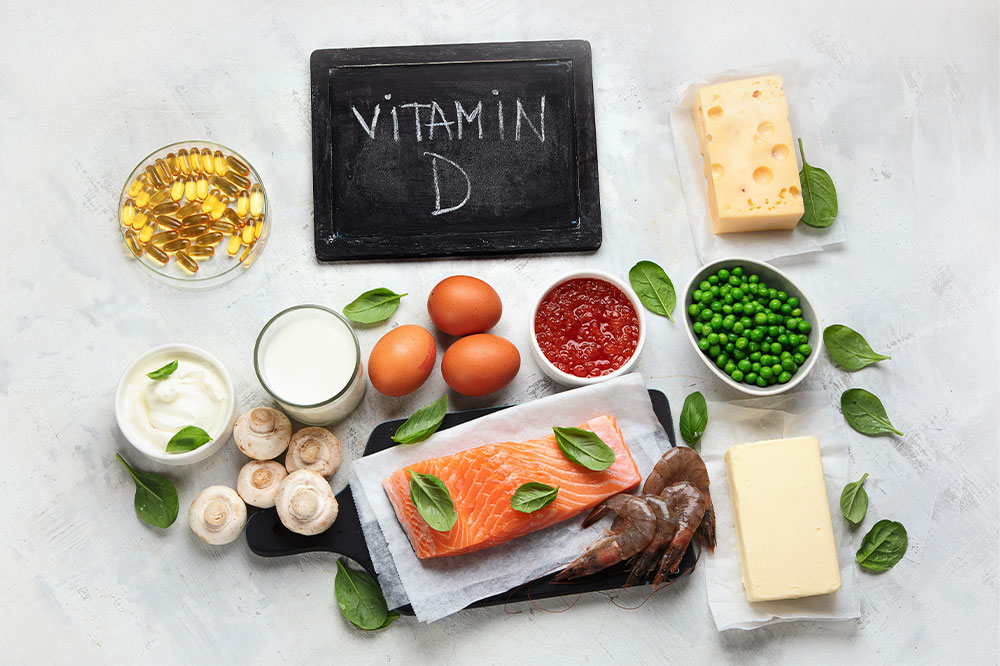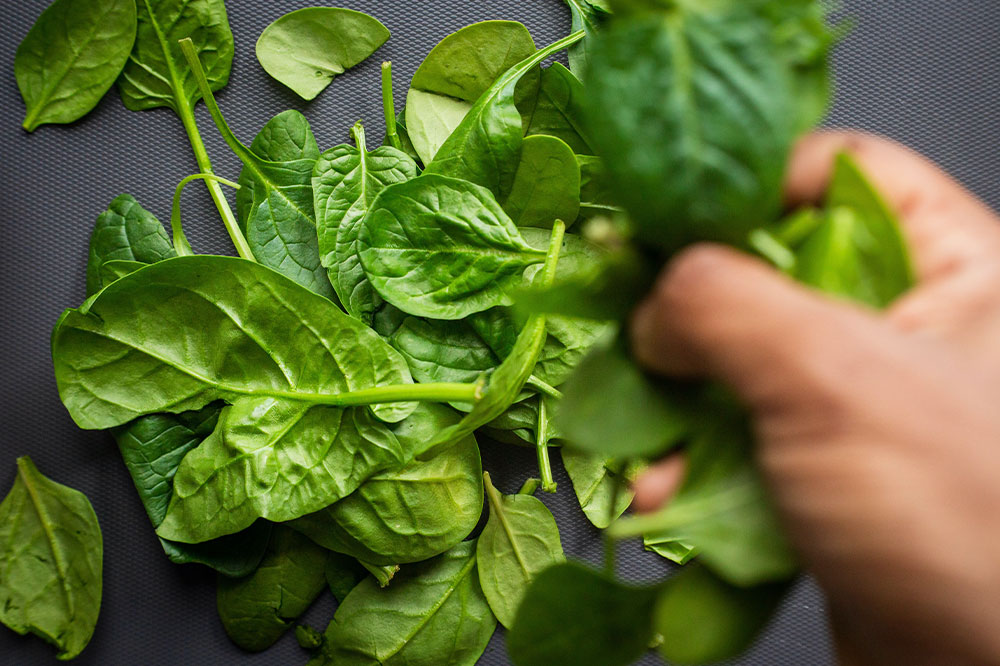Simple tips to help manage ADHD

Attention Deficit Hyperactivity Disorder or ADHD is one of the most typical neurodevelopmental disorders in the country. It primarily occurs in childhood, but some adults also develop ADHD. Several studies have been conducted to find out the potential causes of ADHD. Besides genetics, no other definite cause has been discovered, making it difficult to find a concrete treatment for it.
Nevertheless, here are a few simple tips that can help manage ADHD:
Tip 1: Start treatment without delay
Diagnosing ADHD is not simple, as many of the symptoms associated with the condition can be typical of childhood. What makes the detection of ADHD possible is that children suffering from this disorder do not just grow out of their childhood behaviors. Keeping this in mind, it is essential to consult a health professional if any of the following symptoms are observed:
- Difficulty in staying still
- Forgetting to complete tasks
- Not being able to remain organized
- Having difficulty concentrating or staying focused.
To decide whether a patient has ADHD or not, the doctor may follow several steps as it is not possible to diagnose ADHD with a single test. Several other conditions like depression, anxiety, specific learning disabilities, and sleep issues exhibit the same symptoms as ADHD, making it mandatory for health experts to follow specific standard guidelines in the diagnosis.
One of the steps prescribed by these standards entails a physical examination, including vision and hearing tests, to slash off other health issues causing ADHD-related symptoms. Besides that, specific checklists are used to rate ADHD symptoms, and adequate information about the patient is collected from their parents, teachers, and sometimes, the patient.
Once the patient is diagnosed with ADHD, the doctor prescribes a combination of oral treatment and behavior therapy. Suppose the patient is a preschool-aged child, i.e., 4 to 5 years of age, in that case, the health professional may proceed with behavior therapy, training parents as the first line of treatment.
The efficacy of a particular treatment mainly depends on the nature of the concerned patient and their family. However, a well-made treatment plan includes:
- Monitoring
- Follow-ups
- Introduction of timely changes in treatment, if necessary.
Tip 2: Prepare a well-balanced meal plan
Even though there is hardly any evidence to prove that nutritional deficiencies cause ADHD, some studies show that including specific foods in the patient’s meal plan can, to some extent, help the brain function better. This, in return, helps ease ADHD-related symptoms such as lack of concentration or restlessness.
However, not much has been researched on ADHD meal plans. Basis the limited available data, medical experts opine that whatever food improves the brain’s functionality, eases ADHD symptoms.
A well-balanced ADHD meal plan mainly comprises the following components:
- A high-protein meal: Yogurt, beans, nuts, and seeds constitute some of the most vital protein sources. Start the morning with these foods to enhance concentration and help ADHD treatments work better. These can also be taken as snacks after school or in the evening.
- Foods containing complex carbohydrates : Carbohydrates have different types and are mainly notable for their sugar content. However, complex carbohydrates are much more than that and can be considered good carbs. Fill the plate with as many vegetables as possible. Also, include loads of fruits, such as tangerines, oranges, grapefruit, pears, kiwi, and apples. Use them to prepare healthy evening snacks and have a good night’s sleep.
- Foods containing omega-3 fatty acids: Omega-3 Fatty Acids are specifically noteworthy for stimulating blood circulation into the brain. This, in turn, contributes to brain development. Brazil nuts, walnuts, canola, and olive oils are some of the most significant sources of Omega-3 Fatty Acids.
A good ADHD meal also entails eliminating foods that could trigger specific behaviors or make ADHD symptoms worse. Foods that one must avoid to ease ADHD symptoms include:
- Artificial colors, specifically yellow and red.
- Food additives like MSG (monosodium glutamate), nitrites, and aspartame. Specific research studies have related hyperactivity with preservatives like sodium benzoate.
- Simple carbohydrates, the ones found in candies, corn syrup, sugar, honey, white flour products, white rice, and blanched potatoes.
- Caffeine
Tip 3: Improve lifestyle choices
It is essential to note that while clinical remedies for ADHD can significantly help in improving brain function and enhancing concentration, they also have some severe side effects. These include sleep problems, mood swings, and heart problems.
Introducing specific progressive changes in living habits is also necessary, besides following treatment and meal plans. These include:
- Exercise: Engaging in at least one hour of physical activity every day.
- Sleep: Following a strict sleep schedule.
- Electroencephalographic (EEG) biofeedback training: This will teach the patient new focusing methods and enable them to pinpoint and rectify their symptoms.
- Yoga: Practicing yoga or engaging in Tai Chi classes to keep the mind calm and enhance focus.
- Outdoors: Spending at least 20 minutes per day outside in a natural, green setting.
The bottom line
Although living with ADHD is not without its perils, many patients still enjoy happy and flourishing lives. Some even acknowledge its benefits. What it needs is one to follow the doctor’s directions to lead a disciplined life.

